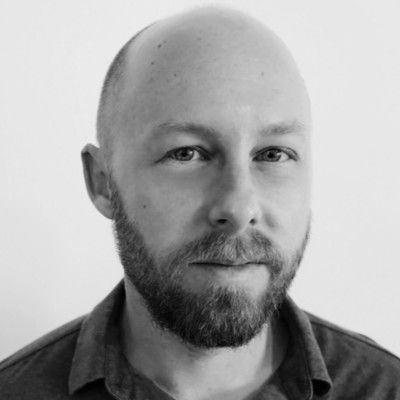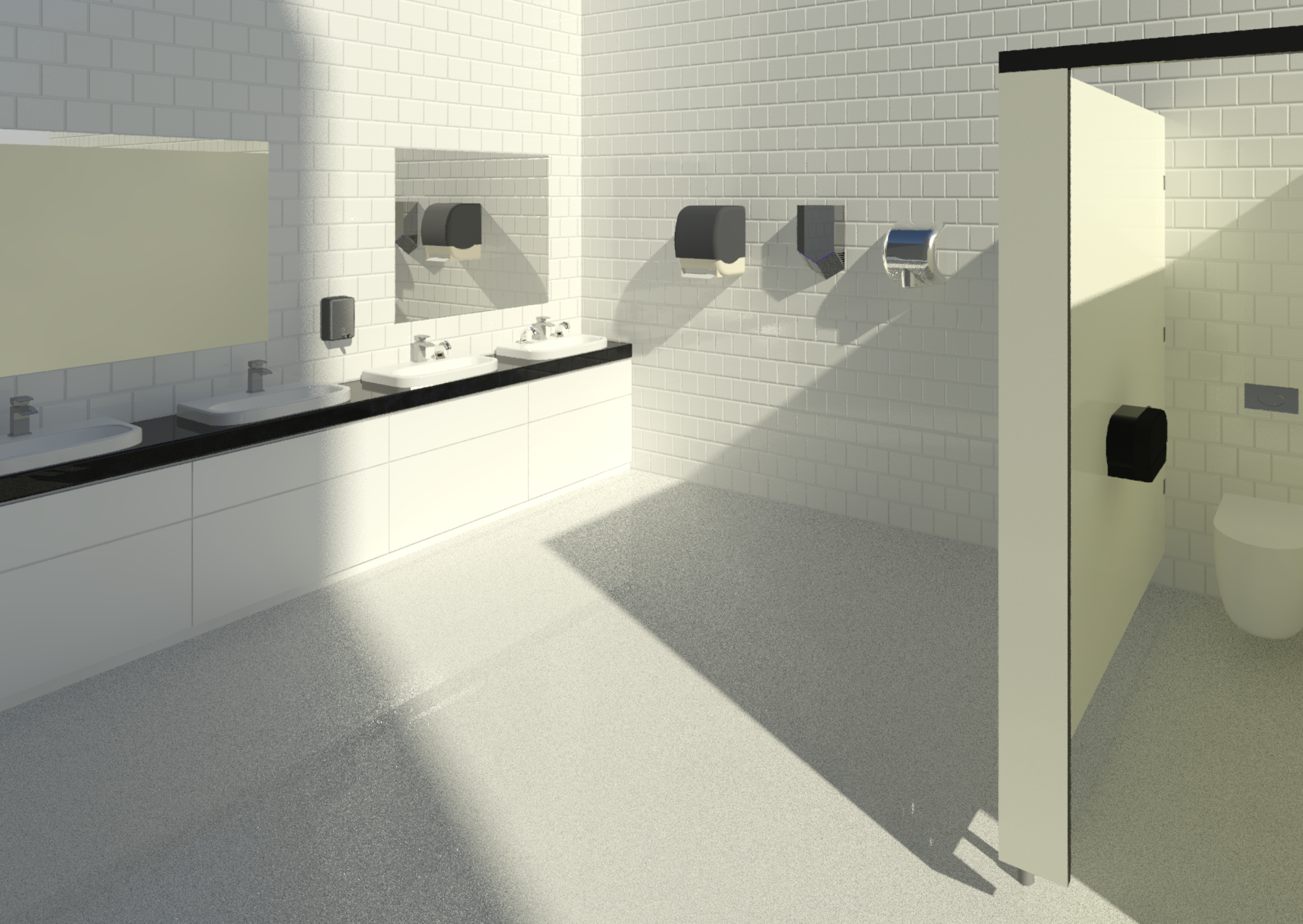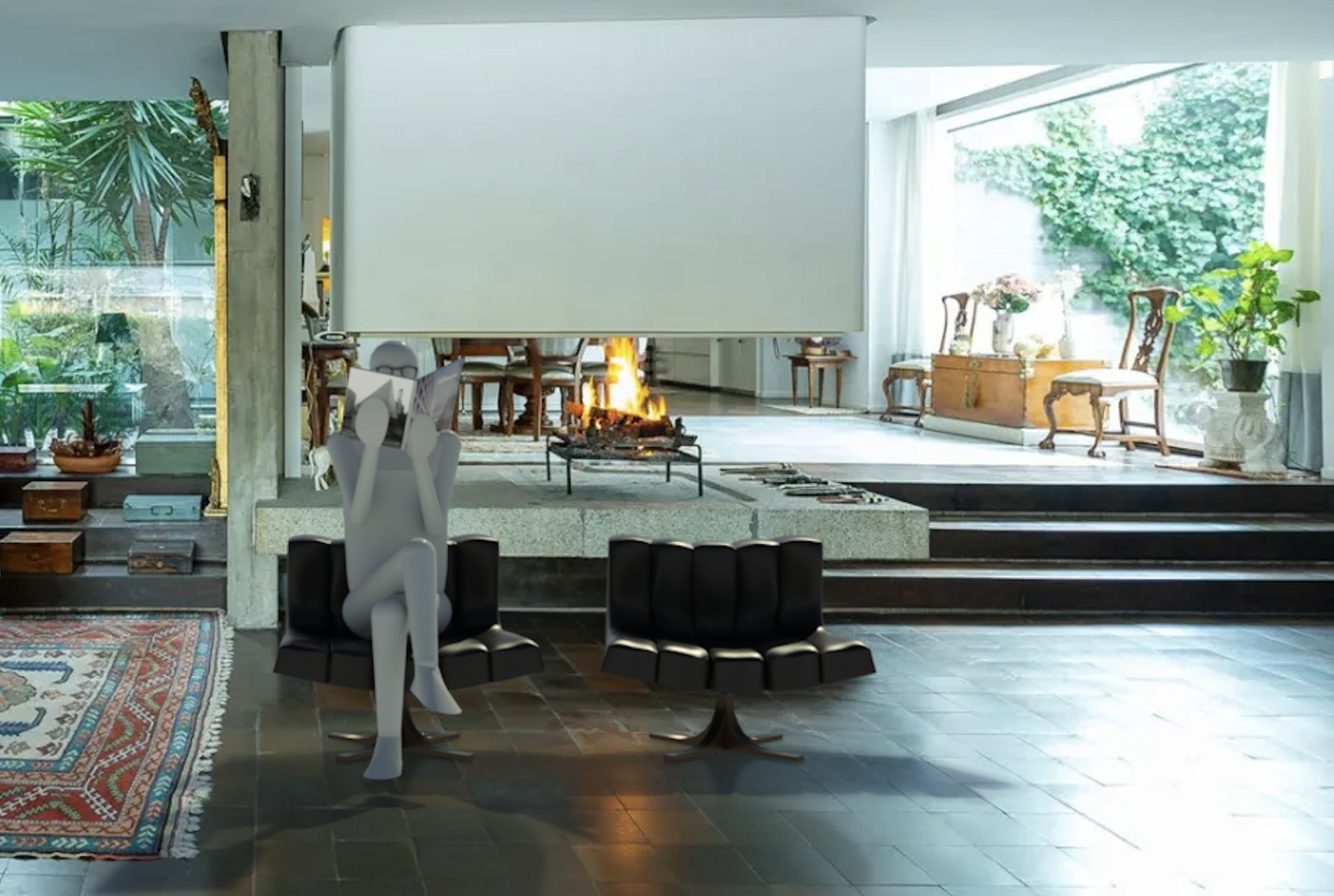
Beyond the Features List
Last month I was in New Orleans for Autodesk University. It was great to get back to some face-to-face networking and learning, as well as check out a city that I hadn't spent much time in before.
Exploring the exhibition floor and listening to some of the talks, I was struck by how much AEC tools are evolving. The amount of new functionality on display was impressive, and it certainly gave me motivation to continue pushing the envelope with Kinship. It’s an exciting time to be in construction technology.
At the same time, AU reminded me that features and functionality are only one aspect of what makes technology useful. When I had the chance to speak with Kinship customers, they usually talked more about what it's like to use the software than about how many things it can do. The features list just doesn’t tell the whole story of what it’s like to use a piece of software. In fact, I would go so far as to say that looking at features alone can be misleading.
So, what else should you be looking at? Below are some of the other key factors to consider when choosing which software to invest in, and how we think about them at Kinship.
Not just what it does, but how it does it
There's a lot of powerful AEC software that's very difficult to use, Revit being just one example. This often means that team members don't use software properly and firms don't get a good return on their investment.
Powerful features aren't enough on their own. If software isn't convenient and intuitive to use, people will avoid using it or use it in sub-optimal fashion. And when you are investing in a tool to help your team, adoption is key.
Look at it from the end-user perspective. They are not all BIM Managers or even power users. They may not have the will, capacity or time to learn a new tool that requires a big lift in order to be effective. Users want software that just works, with features that are straightforward and effective.
We spend a lot of time thinking about how to make Kinship as easy, convenient and automated as possible. Sometimes this means adding new features, but just as often it means refining existing features or simply improving the product interface. Any new feature we add has to save time, remove work and be something that anyone can quickly pick up and start using.
How effective are its main features?
Investing in a software solution should be about covering the primary thing you want to use it for. A long list of features isn't much use if the software doesn't do that primary job well.
For Kinship, this means we make sure content is easy to manage and search. Our clients wouldn't use our other features if we didn't deliver on our core offering.
How well does it integrate?
Forcing people to go outside of their normal working environment, or to constantly switch between apps, disrupts flow and harms focus and productivity. Avoid this by investing in software that tightly integrates with your team's main tools.
For example, we designed Kinship's content search to feel as though it's part of Revit. You don't need to leave Revit or deal with a different interface to search your content. Just hit a keyboard shortcut, enter what you want to find and Kinship takes care of the rest, returning you straight back to your existing Revit workflow.
How easy is setup and deployment?
How easily software can slot into your existing infrastructure is important. The last thing you need is a drawn-out process with technical barriers delaying deployment.
If you're switching from another tool, it's also important to consider how easy it is to migrate your existing data and workflows. How easily can you get your data into the new tool? What kind of adjustments to processes do you need to make before rolling it out?
Kinship is straightforward to deploy and typically doesn’t require intervention from IT. Where there are additional considerations, such as virtual environments, we work with customers to make sure Kinship integrates smoothly with their infrastructure. Our customer success team helps guide customers on how to set up their content and projects to fit with their desired workflows and Revit environment.
Features are only one part of the picture
It’s natural to focus on the list of features a product has. But what something is capable of doing doesn't necessarily translate into what it will do for you. Functionality is only part of what makes software worth using.
We developed Kinship to help AEC firms get the most out of Revit. Making our customers' lives as easy as possible is at the heart of everything we do. Our features certainly reflect this, but there's a lot more that goes into making it a reality.



